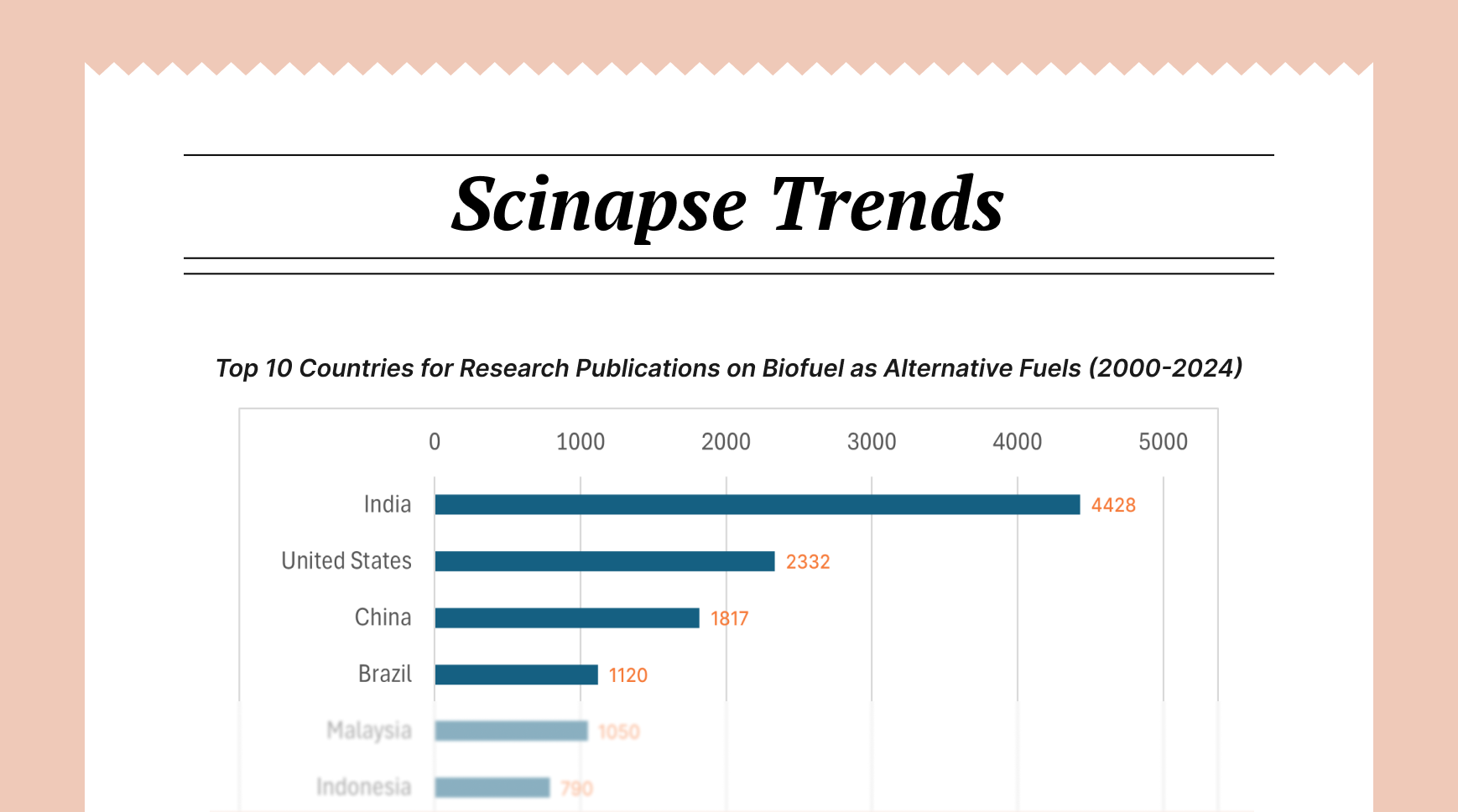7 Steps to Conducting a Comprehensive Literature Review

A comprehensive literature review is imperative for robust research, providing essential context, identifying gaps, and informing your scholarly contributions. However, navigating the vast landscape of existing knowledge can feel daunting. This article offers a step-by-step guide to conducting a thorough and effective literature review, from formulating your initial questions to synthesizing your findings into a coherent narrative.
Step 1: Defining Your Research Question and Scope
The journey begins with a clearly defined research question or topic. Without a focused question, your literature search can become broad and unfocused, leading to an overwhelming amount of irrelevant information.
- Identify Your Core Question: What specific problem or question are you trying to address with your research? Be as precise and concise as possible.
- Determine the Scope: Define the boundaries of your review. Consider factors like the time to be covered, the specific populations or contexts of interest, and the types of literature to include (e.g., peer-reviewed articles, books, conference proceedings, grey literature).
- Break Down Complex Questions: If your research question is multifaceted, consider breaking it down into smaller, more manageable sub-questions to guide your search.
Step 2: Developing a Strategic Search Plan
Once your research question is clear, the next step involves creating a systematic plan for locating relevant literature.
- Identify Keywords and Search Terms: Brainstorm a comprehensive list of keywords, synonyms, and related terms associated with your research question. Consider using Boolean operators (AND, OR, NOT) to refine your search queries.
- Select Relevant Databases and Resources: Identify the most appropriate academic databases for your field (e.g., PubMed, Scopus, Web of Science, PsycINFO, JSTOR). Don't overlook specialized databases, library catalogs, and grey literature sources (e.g., government reports, dissertations).
- Formulate Search Strings: Combine your keywords and Boolean operators to create effective search strings for each database. Experiment with different combinations to optimize your results.
- Set Inclusion and Exclusion Criteria: Establish clear criteria for determining which sources will be included in your review (e.g., language, publication date, study design, relevance to your research question). This helps to manage the volume of search results.
Step 3: Conducting the Literature Search
With your search plan in place, it's time to actively search for relevant literature.
- Execute Your Search Strings: Systematically enter your search strings into the chosen databases and resources.
- Manage Your Search Results: Utilize citation management software (e.g., Zotero, Mendeley, EndNote) to organize and store your search results. This will be invaluable for tracking sources and avoiding plagiarism later.
- Employ Citation Chasing: Once you've identified key articles, examine their bibliographies for additional relevant sources. This "snowballing" technique can uncover important studies you might have missed in your initial search.
- Consider Grey Literature: Don't limit your search solely to peer-reviewed publications. Explore grey literature sources that might offer valuable insights, although be mindful of their rigor and potential biases.
- Leveraging AI Assistance: At this stage, consider using AI-powered research tools like Scinapse will assist in discovering relevant papers by analyzing your initial search results and suggesting related articles based on semantic similarity and citation networks. It helps you identify influential papers and uncover connections between different pieces of research that might not be immediately obvious through traditional database searching.

Step 4: Screening and Selecting Relevant Literature
The initial search often yields a large number of results. The next crucial step is to screen and select the most relevant sources for your review.
- Initial Screening (Title and Abstract): Review the titles and abstracts of your search results to quickly identify potentially relevant articles based on your inclusion and exclusion criteria.
- Full-Text Review: Obtain the full text of the articles that passed the initial screening. Read them carefully to determine their relevance to your research question and their methodological rigor.
- Apply Inclusion/Exclusion Criteria: Systematically apply your pre-defined inclusion and exclusion criteria to make the final selection of articles for your review. Document your reasons for excluding sources.
Step 5: Critically Appraising the Selected Literature
Once you have your final set of articles, it's essential to critically evaluate their quality and contribution to the field.
- Assess Methodological Rigor: Evaluate the research design, sample size, data collection methods, and data analysis techniques used in each study. Identify any potential limitations or biases.
- Examine Theoretical Frameworks: Understand the theoretical underpinnings of each study and how they relate to your research question.
- Identify Key Findings and Conclusions: Extract the main findings and conclusions of each study. Pay attention to the strength of the evidence supporting these claims.
- Note Strengths and Weaknesses: Critically assess the strengths and weaknesses of each study concerning your research question.
Step 6: Organizing and Synthesizing Your Findings
This is the heart of the literature review process, where you move beyond summarizing individual studies to identify patterns, themes, and gaps across the literature.
- Develop a Thematic Framework: Identify overarching themes, concepts, or debates that emerge from your analysis of the literature. This framework will provide the structure for your review.
- Group Similar Studies: Organize the studies you've reviewed under the relevant themes.
- Compare and Contrast Findings: Analyze the similarities and differences in the findings, methodologies, and theoretical perspectives of the studies within each theme.
- Identify Patterns and Trends: Look for recurring patterns, trends, and evolutions in the research over time.
- Highlight Gaps and Inconsistencies: Explicitly identify areas where the literature is lacking, where findings are contradictory, or where further research is needed.
- Synthesize Information: Don't just present a series of summaries. Instead, synthesize the information from different studies to create a coherent and integrated overview of the topic. Explain how different pieces of research relate to each other and contribute to the broader understanding.
Step 7: Writing Your Literature Review
The final step is to articulate your synthesis of the literature in a clear, concise, and well-structured manner.
- Introduction: Clearly state the purpose and scope of your literature review, briefly introduce your research question, and provide an overview of the themes you will be discussing.
- Body Paragraphs (Organized by Theme): Dedicate paragraphs or sections to each of your identified themes. Within each section, discuss the relevant studies, highlighting their key findings, methodologies, and relationships to one another. Use transition words and phrases to ensure a smooth flow between ideas.
- Critical Analysis: Throughout your writing, critically analyze the strengths and weaknesses of the existing literature, point out inconsistencies, and highlight gaps in knowledge.
- Conclusion: Summarize the main findings of your review, reiterate the gaps in the literature, and clearly state how your proposed research will contribute to addressing these gaps.
- References: Provide a complete and accurate list of all the sources you have cited in your literature review, following a consistent citation style.
Author: Uttkarsha B
- AI-Ethicist and STM Research & Publishing Expert
Never re-search again.
Scinapse is made by researchers for researchers.
Join the next generation of research at ⏯️ https://scinapse.io/
Pluto Labs
Pluto Labs helps researchers focus on their research by improving several inefficiencies in the academic research process. We offer data-driven insights from academic papers, allowing users to easily obtain review-level results for their desired range of papers.
https://pluto.im/





Comments ()